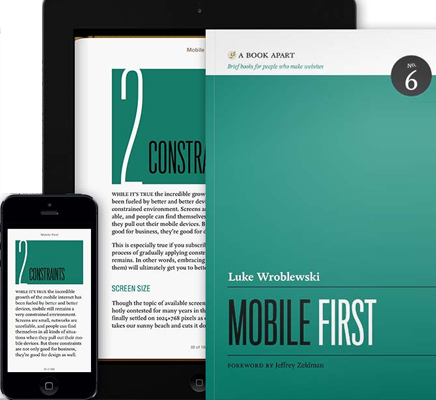Accessibility Implied
As the Americans with Disabilities Act (ADA) turns 25 years old, I am disappointed that the law is still needed to defend the rights of people with disabilities. The ADA author, Robert L. Burgdorf Jr., recently wrote an article for The Washington Post where he stated, “The ADA was a response to an appalling problem: widespread, systemic, inhumane discrimination against people with disabilities.”
Accessibility benefits everyone. permalink
So, with that law in effect, there will always be ramps or elevators to go along with stairs, braille on signage and other features implemented in every newly constructed or remodeled building since then. Meanwhile, if you look carefully, people whom are elderly, on crutches or pushing strollers (or tired or with their arms full or ect) are using the elevators and ramps too?
These solutions exist, and are available to people not labeled disabled, because they were part of the requirements for the design and development process.
Good commercial construction builders know these requirements are a part of every build, so doorways are large enough, do not have uneven floor seams and so on. With brand new construction sites, you wouldn’t expect to see someone ripping out cemented steps because the stair rise is completely wrong or retrofitting railings because they were not installed. If they were, they should not be building anything. Am I right?
Process changes: Mobile first permalink

Not that long ago, there was a huge challenge given to developers and designers to shoehorn desktop sites into mobile sites. So, what needed to happen was for everyone to think about the mobile design before the desktop design because trying to cram the bloated desktop content into the mobile site wasn’t working. We flipped the design/development process, as we knew it, on its head and now we start with the mobile version.
Let’s hit the reset again! permalink
![]()
Trying to retrofit accessibility into a website that never had it is very challenging. Rewriting spans that should have been buttons (or worse, links) and fixing many other common faux pas’ can take a lot of time and resources. The way I’ve been doing it, quietly baking it into each project I’m working on. If we are redesigning the homepage, I make sure the homepage comes out accessible (or the best I can do at the time…I’m still learning).
Wouldn’t it be great if, like a new construction site, we started with accessibility as a normal part of design requirements? And, wouldn’t it be so much easier if we worked from with accessible frameworks? If you know of any that are 100% accessible, please let me know. I am putting my money where my mouth is and giving back by working on the accessibility of open source projects I use (e.g. WordPress).
As we make web content more accessible, it benefits everyone because it makes it more usable: easier to read, use and understand. I see it as an opportunity to create better user experiences for everyone regardless of ability.
I wish we didn’t need laws (or lawsuits) to force accessibility. But, because of the ADA law, we do not expect to hire a construction company just for accessibility features. You just hire a construction company and they should follow the building code laws. The same should apply to the web. Just developers or designers following the web standards, accessibility implied. Someday. 🙂